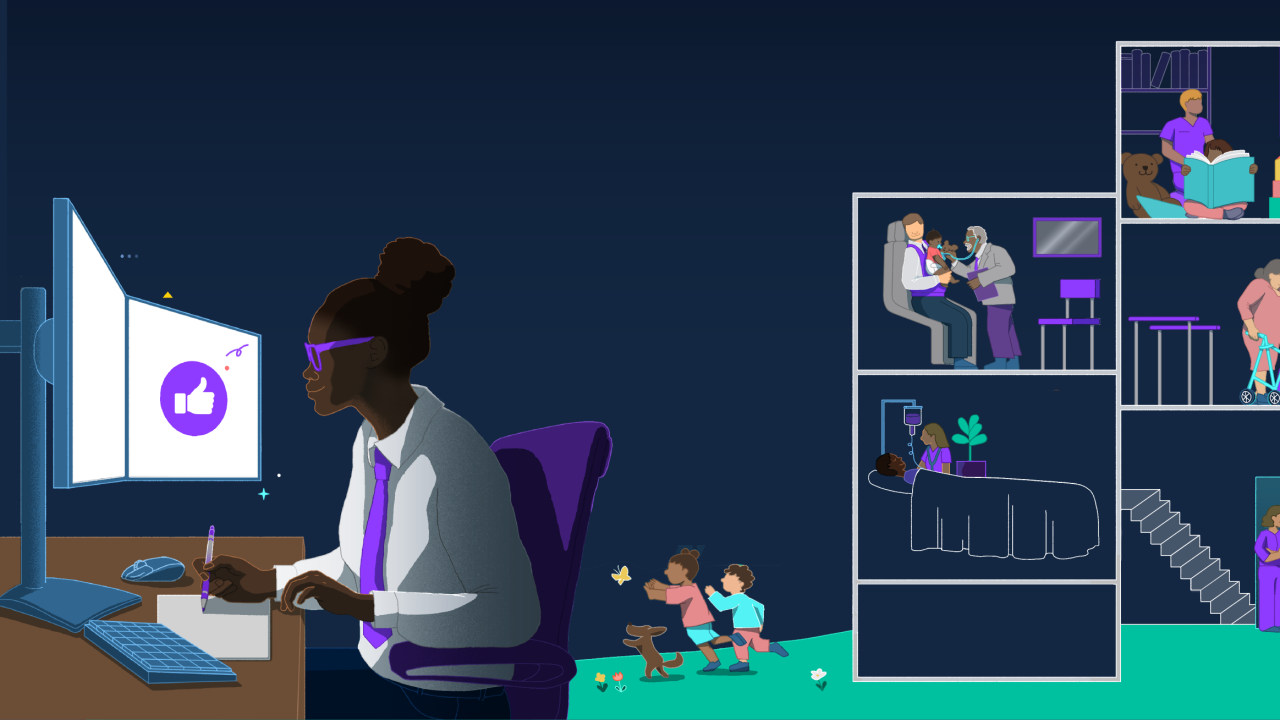Every single part of an office should work together to
Traditional rectangular desks
Standard rectangular desks are a classic for a reason; they're effective, simple, and affordable. They are perfect for employees who do basic desk work all day. This desk design is also relatively compact, so you can fit more in a tight space.
However, this desk is boring. That doesn't make it bad, but your office's desks could be
Read more:
L-shaped desk configurations
That's where L-shaped desks enter the picture. The
Standing and adjustable desks
Sit-stand desks address the established concerns about sedentary work habits and their associated health risks. These desks feature adjustable surfaces that employees can raise or lower to alternate between sitting and standing throughout the day.
The benefits of this are clear. For one, the increased movement could potentially reduce the risk of cardiovascular disease, back pain, and other health issues linked to prolonged sitting. From a benefits management perspective, investing in ergonomic furniture can
Read more:
Collaborative workstations
Open collaborative desks or bench-style configurations support team-based work environments. These setups make it easy for teams to sit across from each other, share information, and collaborate. And the best part is that collaborative workstations still feature individual work zones, helping employees maximize productivity throughout the day.
Executive and private office desks
Lastly, we arrive at executive desks, which typically feature larger surfaces, built-in storage, and premium materials. While more expensive, these configurations are luxury investments in your workforce that can pay off in employee satisfaction. This desk style is particularly useful for client-facing roles and senior positions because the workspace embodies high professional standards.
Read more:
There are many desk styles out there, and each helps employees in different ways. All of them, however, can enhance employee satisfaction, support health initiatives, and demonstrate organizational commitment to worker well-being, which are all valuable components of a comprehensive benefits strategy. Now that you know a few effective desk options, you can decide which one will bring greater comfort, productivity, and satisfaction to your company's employees.






